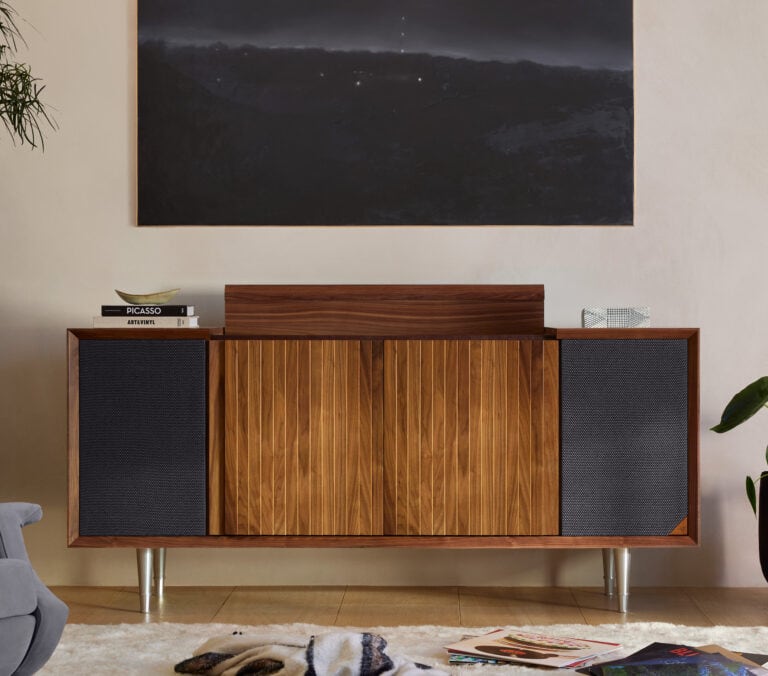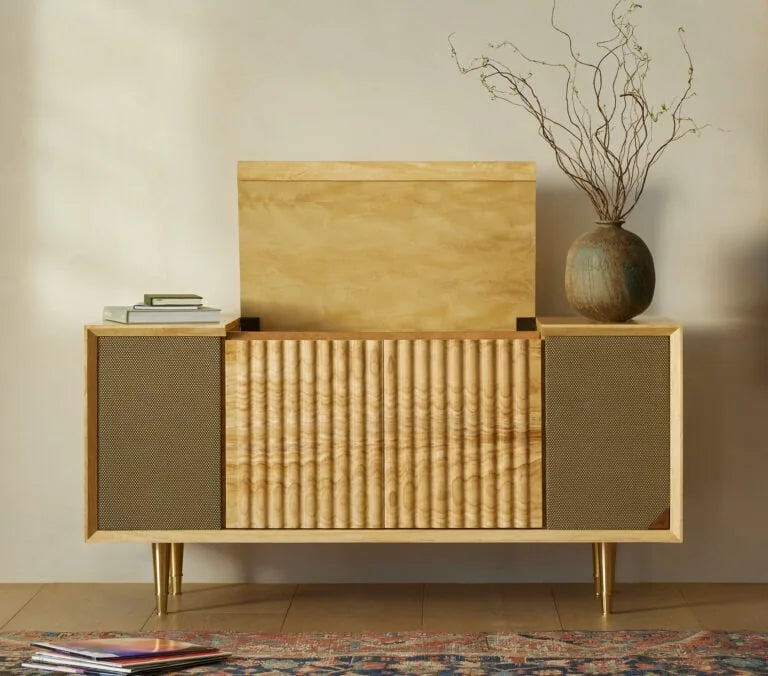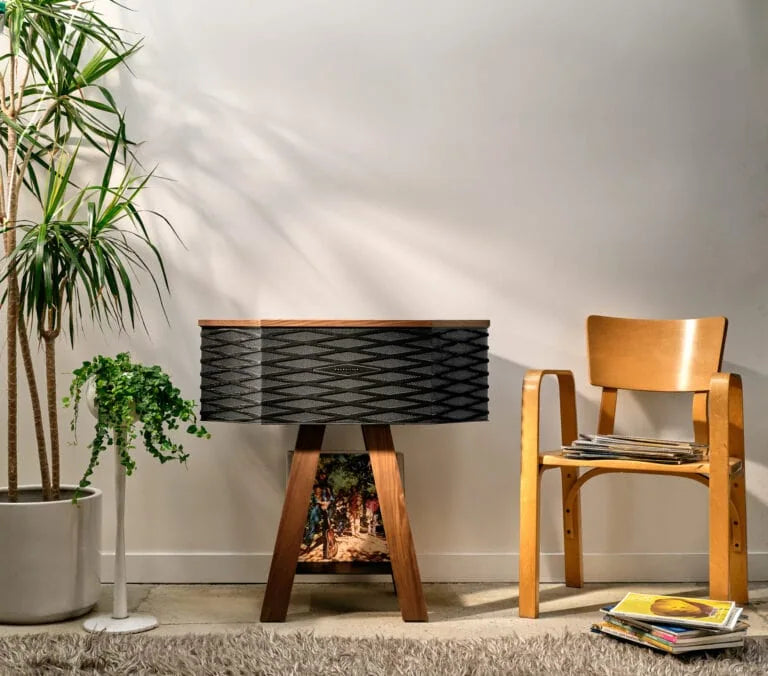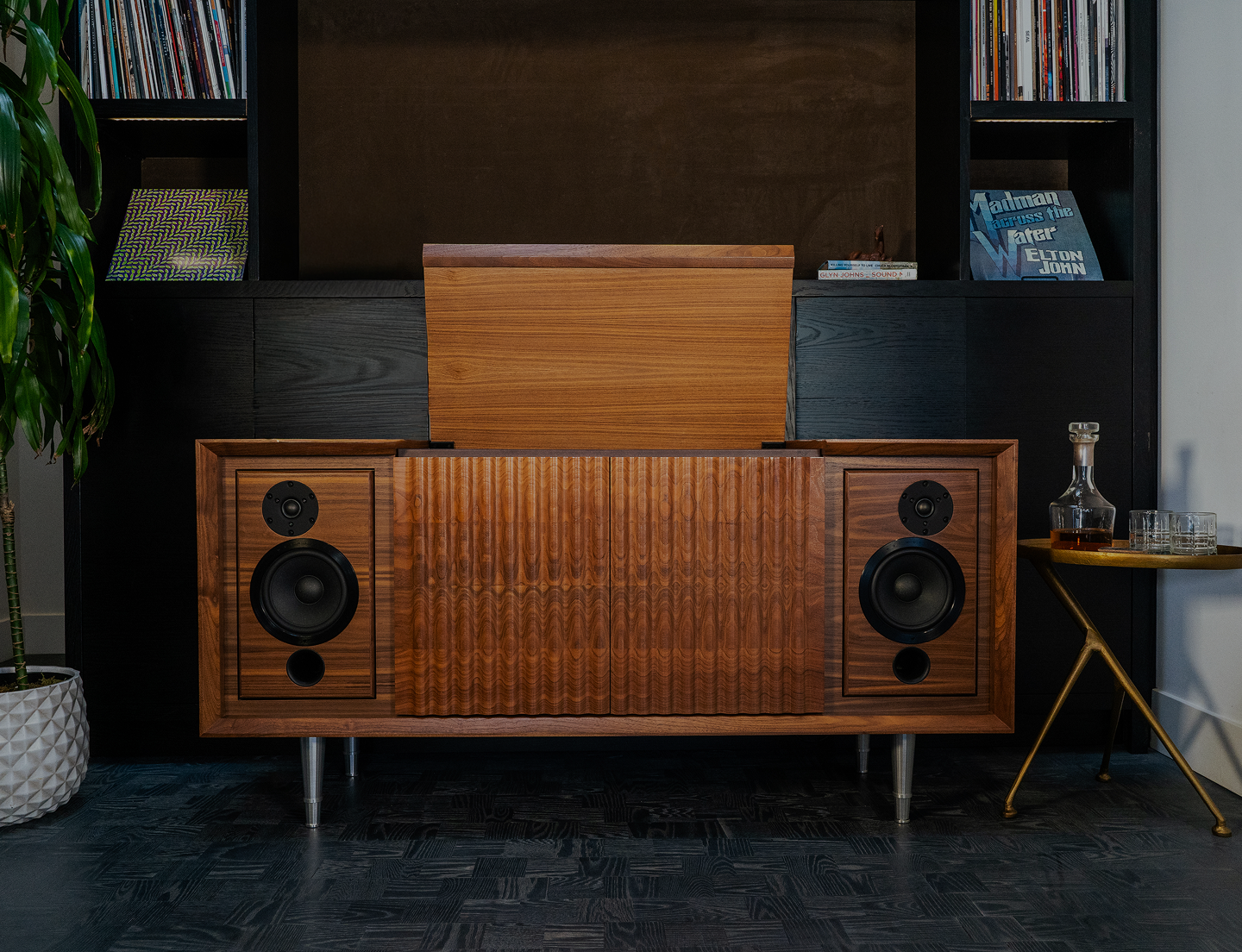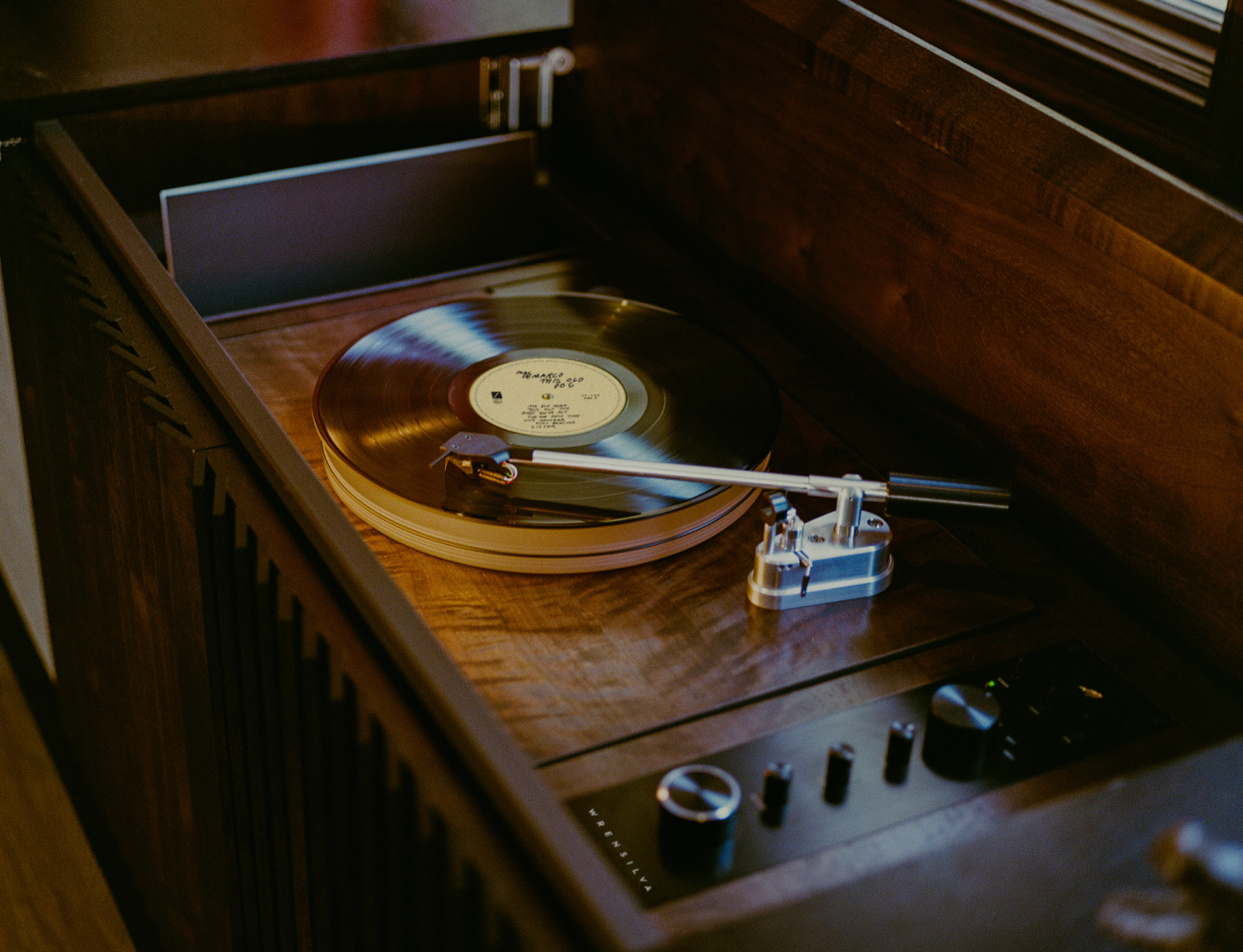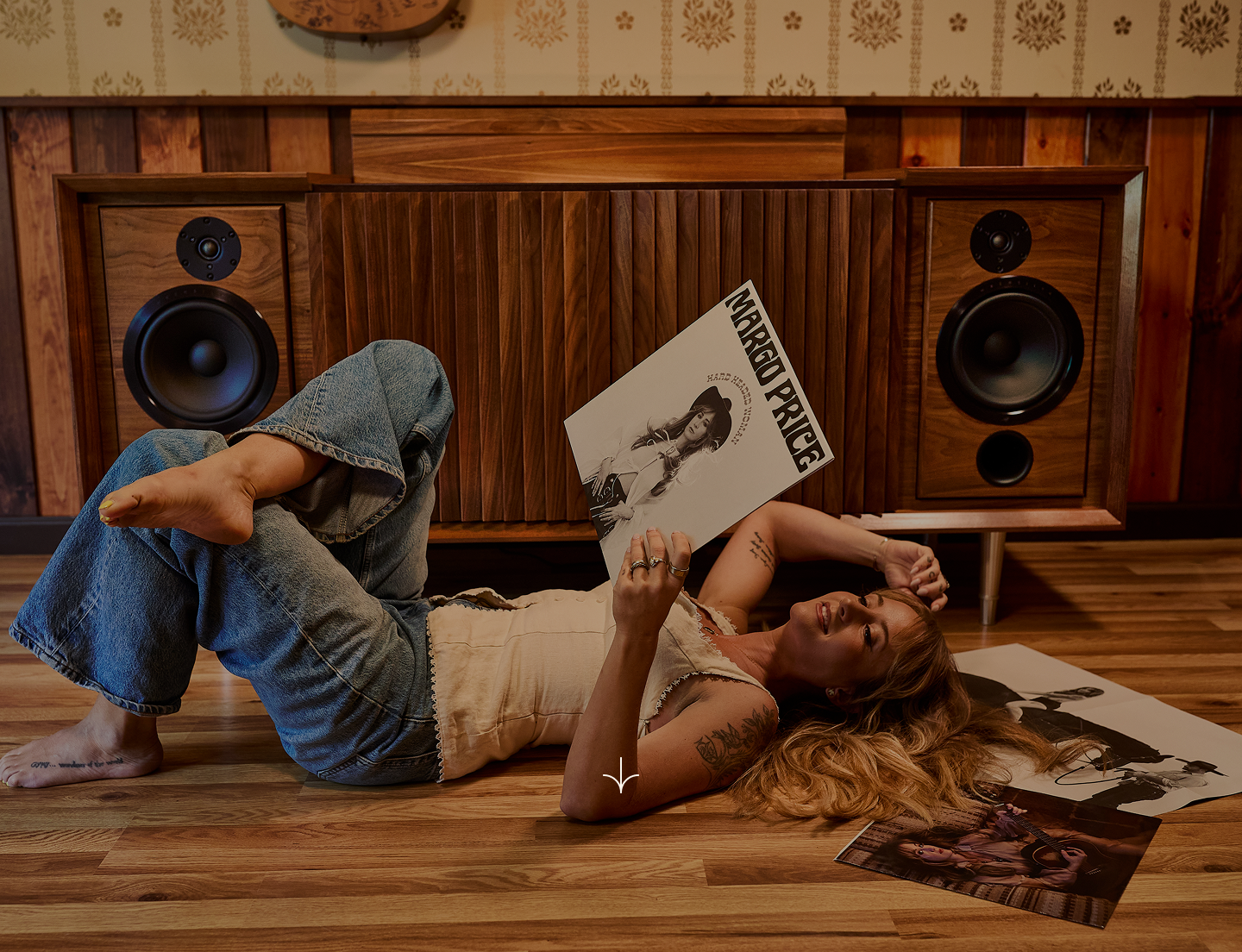Meet Eddie Maestri, founder of the interior design firm Maestri Studio, which has locations in both Dallas and LA. Known for his timeless yet deeply personal approach to architecture and interiors, Eddie designs homes that are rich with character, tell a story, and feel as luxurious as they are lived-in.

We caught up with him to dive into his design philosophy, the transformative power of thoughtful spaces, and the intimate role music plays in shaping his work.
What is your design philosophy?
“We aim to design spaces that feel deeply personal and layered—like they’ve evolved over time. Whether it’s architecture or interiors, we want people to feel something when they enter: a sense of welcome, calm, joy, or intrigue. The best spaces are not just seen—they’re remembered.”
How would you define good craftsmanship?
Good craftsmanship is about integrity—of both material and execution. It’s not just how something looks at a glance, but how it’s constructed, how it feels to the touch, and how it will age. At Maestri Studio, we prioritize craftsmanship because it builds trust. Our clients are inviting us into their lives and homes; it’s our responsibility to ensure every detail—from a stair rail to a console cabinet—is designed and built with care, longevity, and soul.

How do you see music and design intersecting in the home?
They’re both forms of storytelling. Both have rhythm, structure, silence, and surprise. Music can transform a space just as much as a new material palette can. And when the two work in harmony—literally—it elevates the everyday.

“A Wrensilva console is more than a piece of furniture—it’s a presence. It speaks to intentional living: the idea of slowing down, tuning in, and appreciating not just the music but the ritual of listening.”
Does music influence your design process or your mood when working?
Absolutely. I sketch to music, I travel with playlists, and I often create a sort of "soundtrack" for each project. Music helps set emotional direction—it’s like tuning into the soul of a space before the first line is ever drawn.
Are there specific elements of a Wrensilva’s design that resonate with you creatively?
Yes—the proportions, the joinery, the mix of wood tones and metal detailing. It’s clear that this is a piece made by people who understand both engineering and aesthetics. That kind of balance—between form and function—is what we strive for in our own work.


What were your clients’ first impressions of a Wrensilva console?
The reaction was immediate and emotional. Everyone was drawn to it—not just visually, but emotionally. People started sharing memories of record players from their childhoods or college apartments. There was this collective nostalgia that made the space feel even more intimate. It became a natural centerpiece—something that sparked conversation, made people smile, and instantly put them at ease. It was like the console gave permission to slow down, listen, and just be present.
In your perspective, what does a Wrensilva console add to a space?
A Wrensilva console is more than a piece of furniture—it’s a presence. It speaks to intentional living: the idea of slowing down, tuning in, and appreciating not just the music but the ritual of listening. It brings a sense of nostalgia and modernity all at once, which is very much aligned with how we approach design—rooted in the past, crafted for the present.
How do you style a space around the Wrensilva console?
Is it the centerpiece, a subtle statement, a mood-setter?To me, it’s all three. A Wrensilva console is sculptural and grounded, but it doesn’t overpower—it invites. In Le Salon de Musique, it became an emotional anchor. Everyone gravitated toward it, and almost without fail, someone would start reminiscing about their first record or their parents’ turntable. That kind of energy changes a room. So we gave it space, treated it like an heirloom, and let the mood build around it—warm, welcoming, and just a little nostalgic.

What's one record you prefer listening to on vinyl compared to digitally, and why?
Louis Armstrong’s “La Vie en Rose.” On vinyl, his voice has this velvety rasp that wraps around you—it’s pure magic. You hear every breath, every trumpet flutter, like he’s right there in the room. Being from New Orleans, there’s something especially meaningful about it. It feels nostalgic and timeless, like it’s stitched into the soul of the city. Digital just doesn’t capture that same warmth or intimacy.
